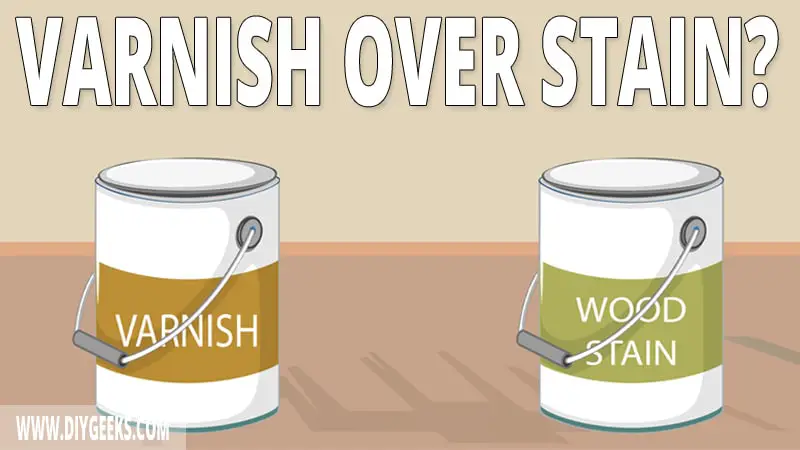Polyurethane vs Lacquer (What’s The Difference?)
Polyurethane is a plastic-like finish that forms a moisture-resistant layer (barrier) over surfaces. Lacquer is a protective sealer that protects interior surfaces from low water or moisture exposure. Polyurethane can be used for exterior and interior surfaces and is more durable than lacquer. Lacquer has better surface adhesion, is easier to apply, and retains its … Read more









